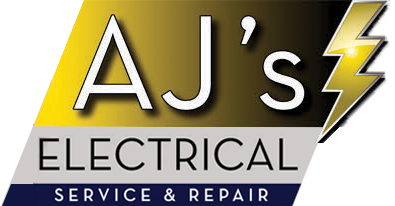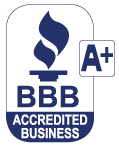Contact Us
Contact Us – AJ’s Electrical
To contact us, please fill out the form on this web page. We appreciate your interest in AJ’s Electrical service and repair will not disappoint. Our commitment to delivering top-notch electrical services and conducting exceeds any of our competitors. All through the expertise of our highly trained and experienced electricians. We encourage you to reach out to us to ensure you receive prompt and effective electrical assistance. Please use of the contact form on this page, or alternatively you can contact us via phone or email. Your satisfaction and safety remains at the top of our priorities.
Service Areas
We provide both Residential and Commercial Electrical solutions throughout Surrey, Vancouver, Delta, and the extended regions of the Lower Mainland. We encourage you to reach out to us to ensure you receive prompt and effective electrical assistance. Please use of the contact form on this page, or alternatively you can contact us via phone or email. Your satisfaction and safety remains at the top of our priorities.
Get a Free Estimate
If you are looking to contact an Electrician in the Lower Mainland then please call 604-946-8946 or complete our online request form.


